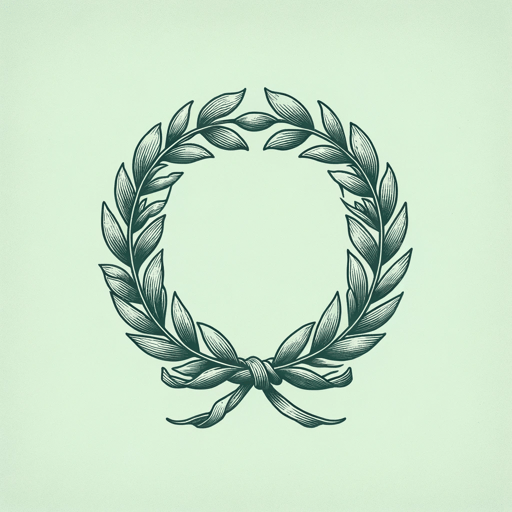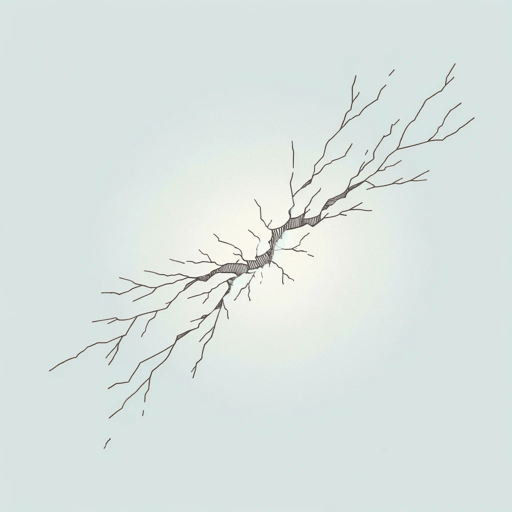21 pages • 42 minutes read
John MiltonOn the Late Massacre in Piedmont
Fiction | Poem | Adult | Published in 1673A modern alternative to SparkNotes and CliffsNotes, SuperSummary offers high-quality Study Guides with detailed chapter summaries and analysis of major themes, characters, and more.
Further Reading & Resources
Related Poems
“Whoso List to Hunt, I Know where is an Hind” by Thomas Wyatt (1530-1540)
One of the best known early English sonnets, Wyatt’s 14-line poem was written somewhere between 1530 and 1540 and has unrequited, courtly love as its subject. The sonnet borrows from the Petrarchan tradition and preserves the Italian form in the English, giving rise to what is called an Italian sonnet. In the Italian sonnet, the last six lines (sestet) rhyme under the pattern CDDCEE, whereas in the Petrarchan form, the more common rhyme scheme (arguably) would be CDCDCD or CDECDE. In his sonnets, including “Sonnet 18,” Milton often departs from Wyatt and preserves the Petrarchan rhyme scheme. Comparing the two sonnets, over a century apart, is useful in tracing the evolution of the form.
“When I Consider How My Light is Spent” by John Milton (1664)
This most famous of Miltonic sonnets shares with “Sonnet 18” its Petrarchan structure and perfectly metered lines. The difference between the two sonnets lies in subject, tone, and enjambment. While “Sonnet 18” is impassioned and political, Sonnet 19 is more meditative and personal in tone, exploring the subject of the poet’s loss of vision. In keeping with the poignant, reflective subject, the lines are less abruptly enjambed, their flow mirroring the poet’s wise, pensive tone.
Related Titles
By John Milton








